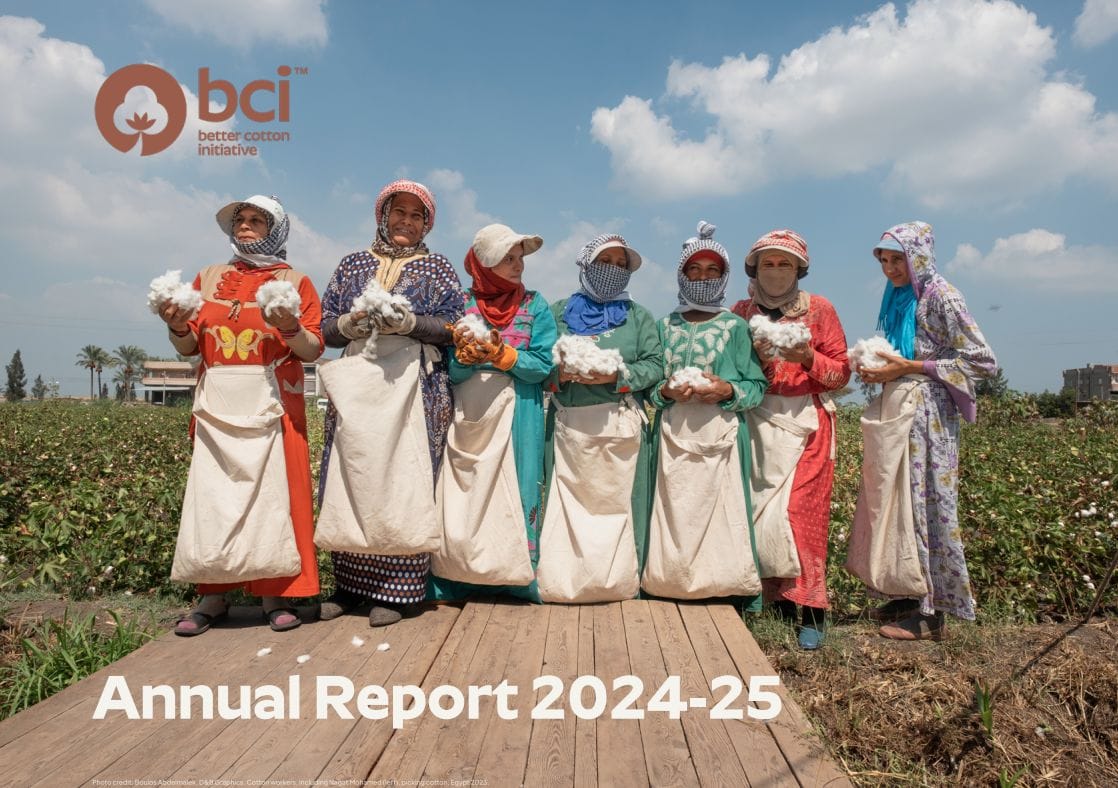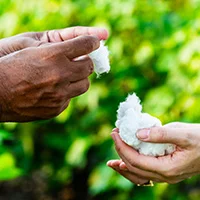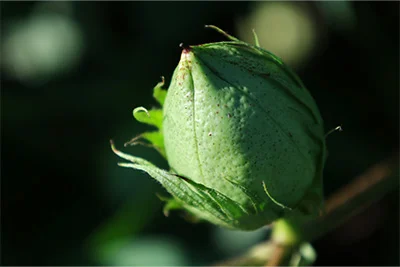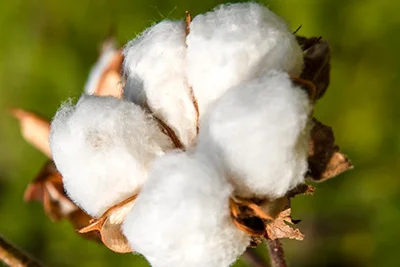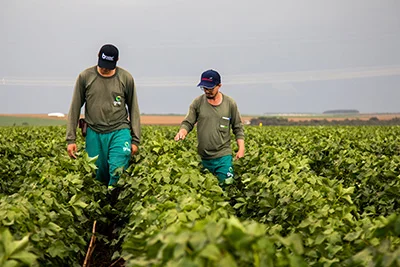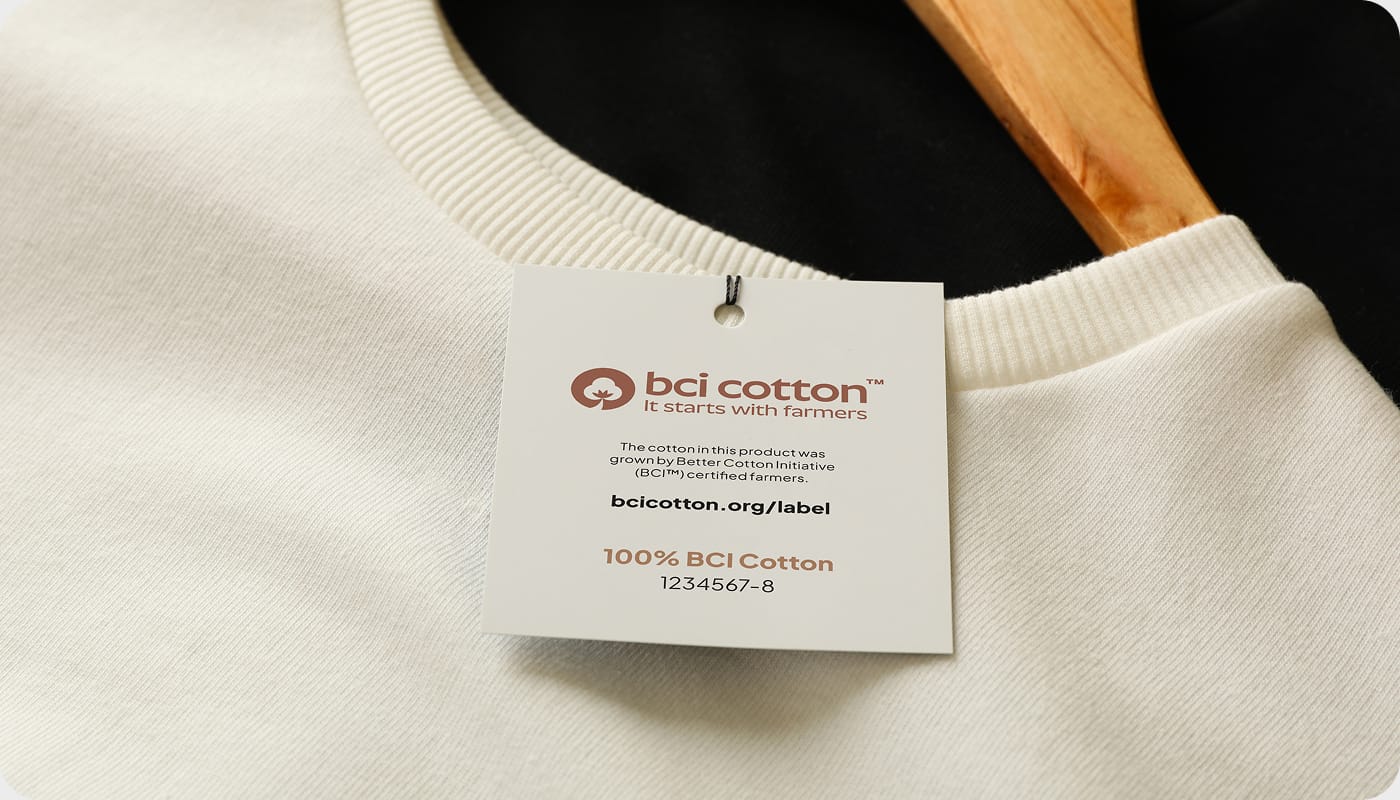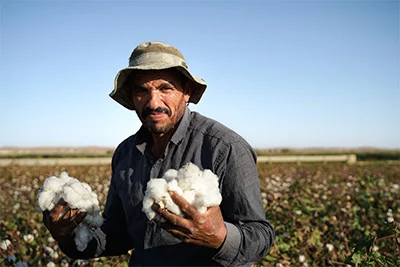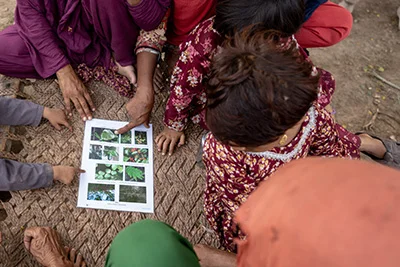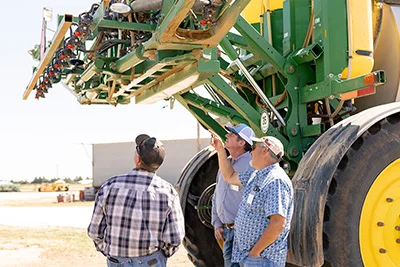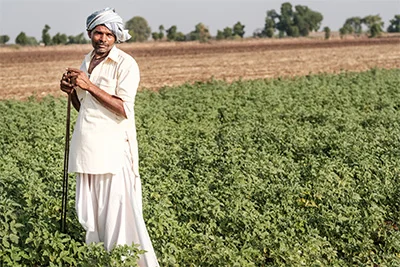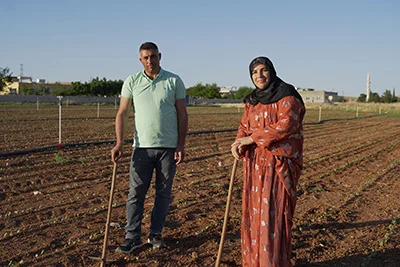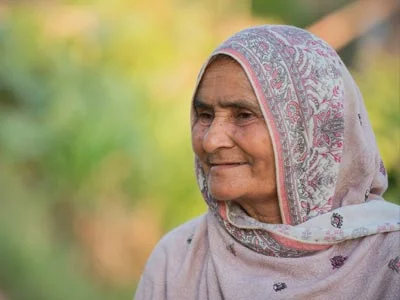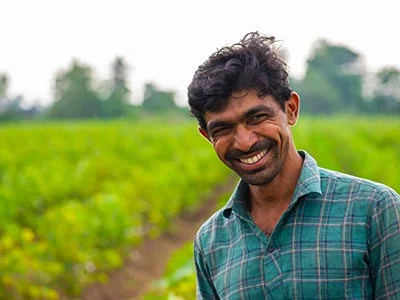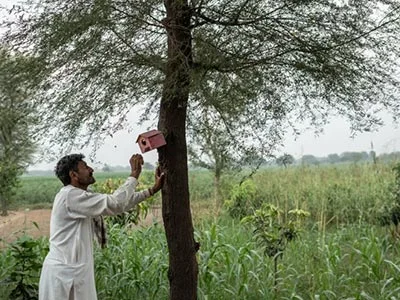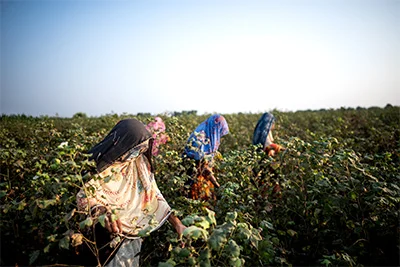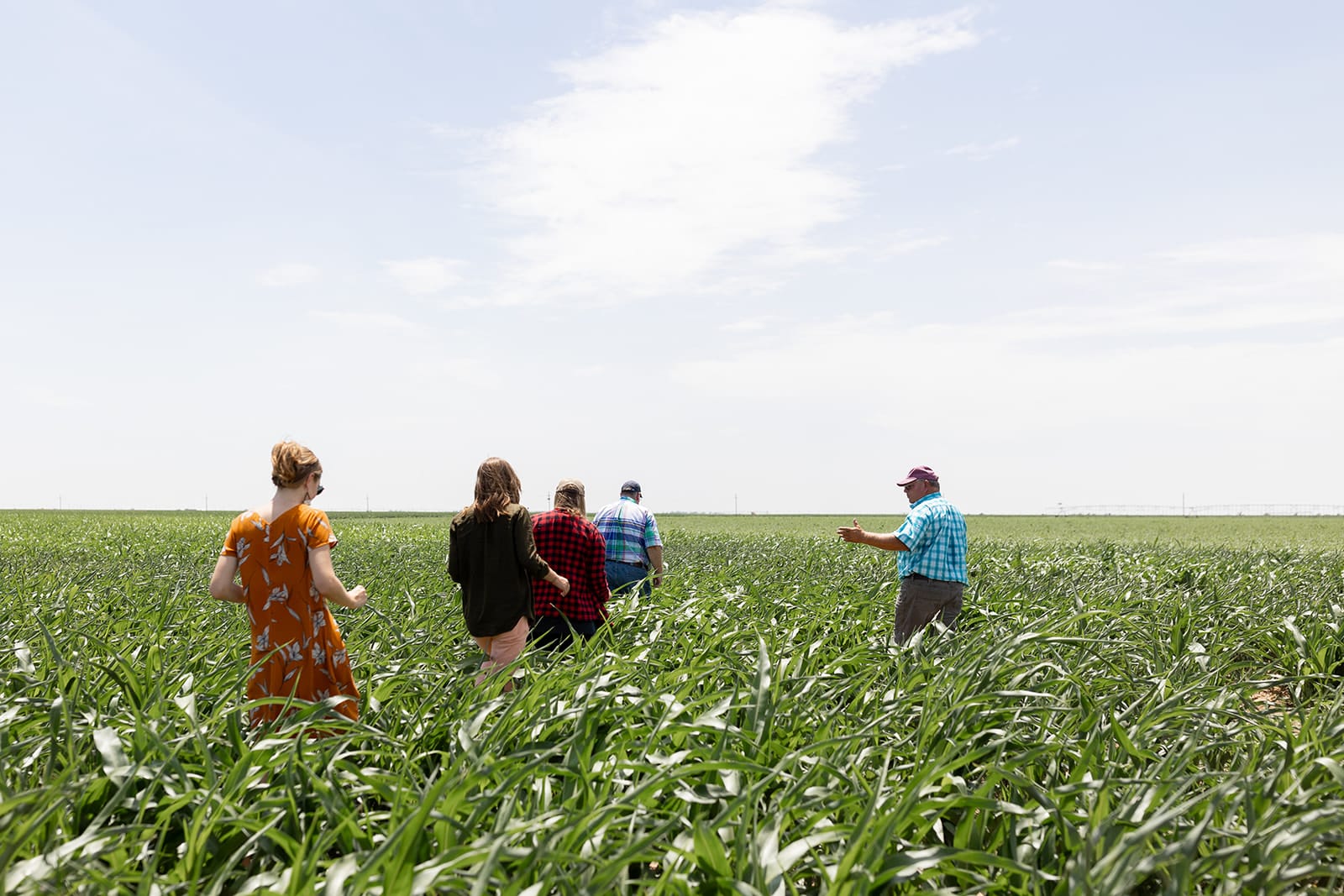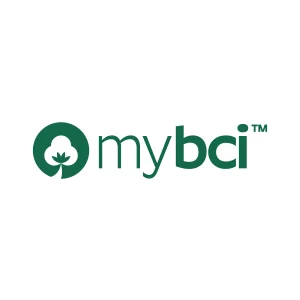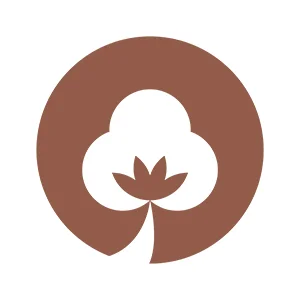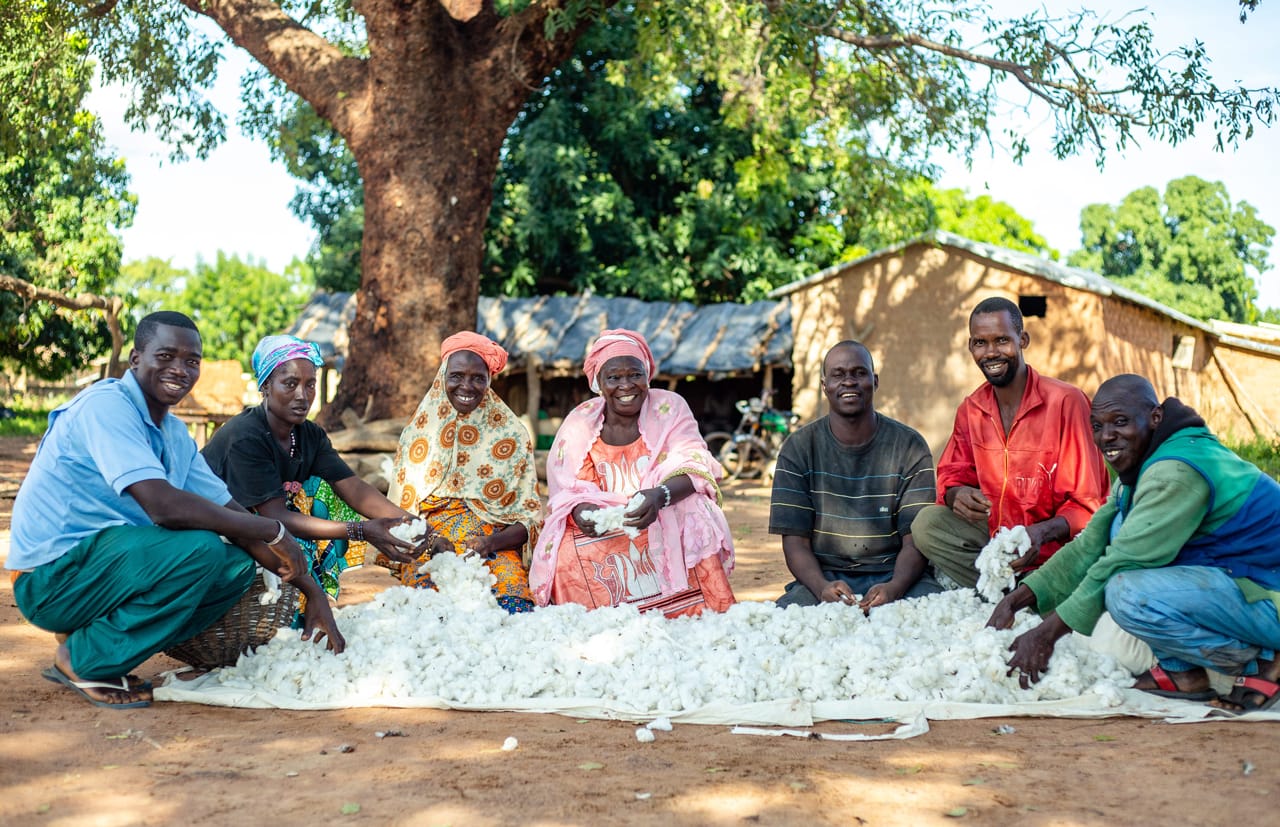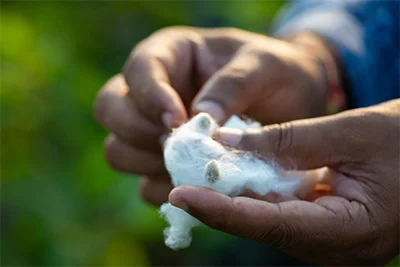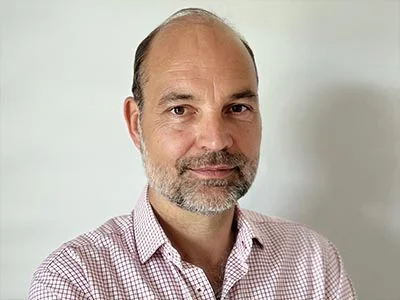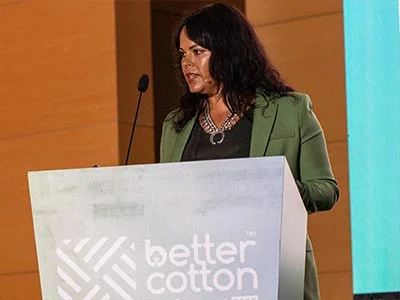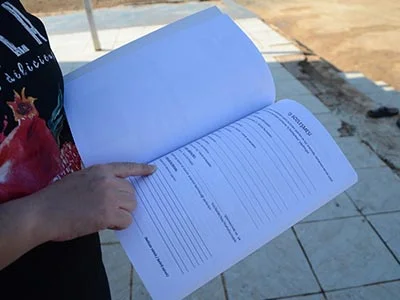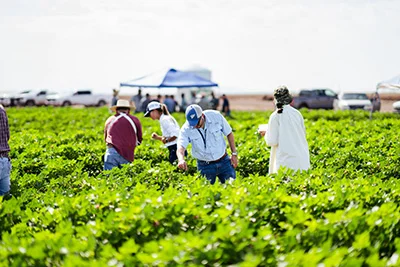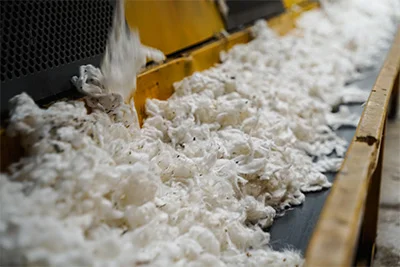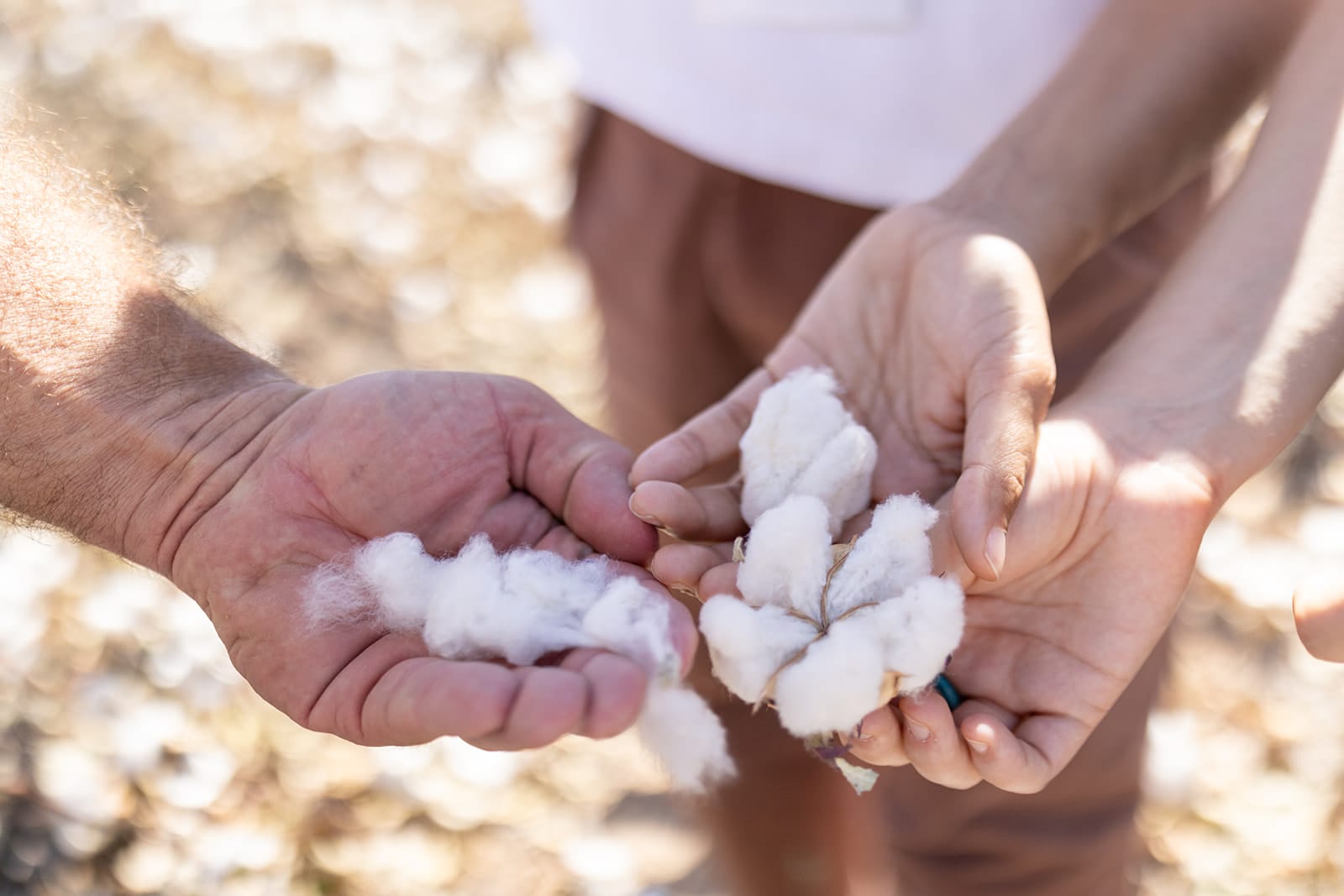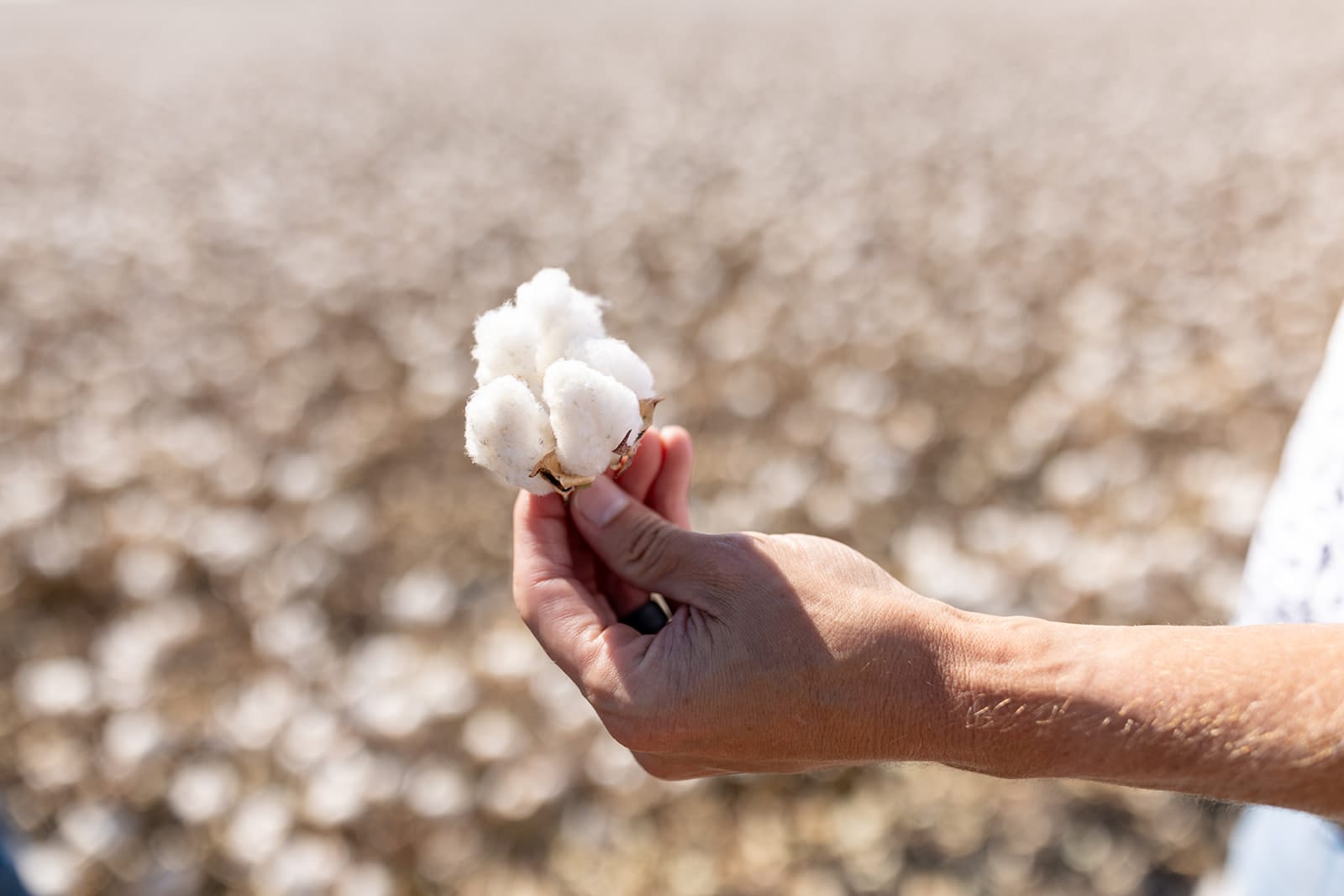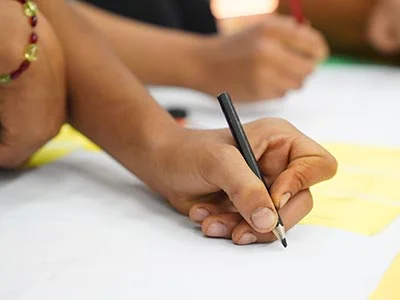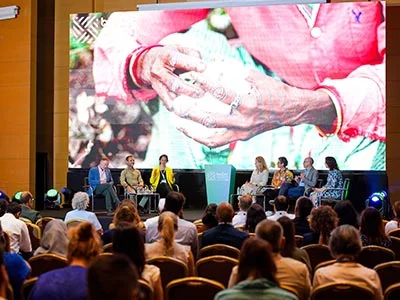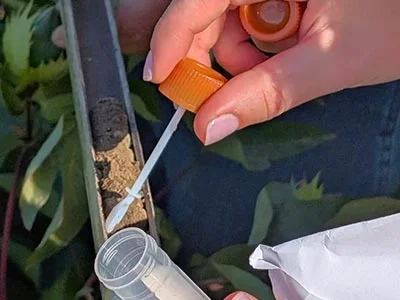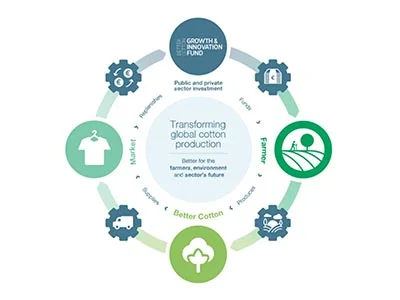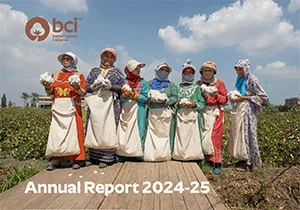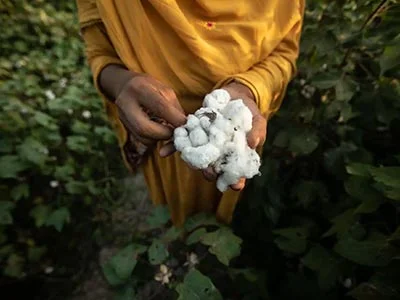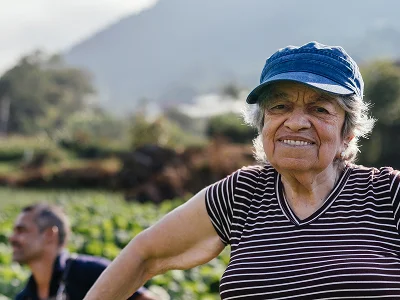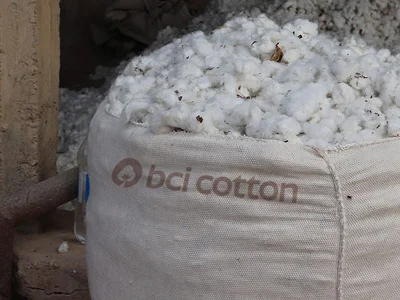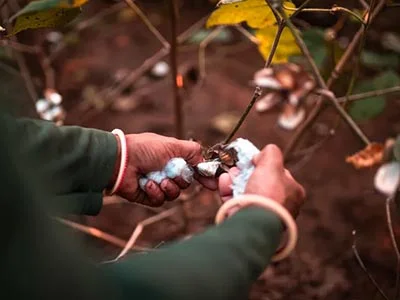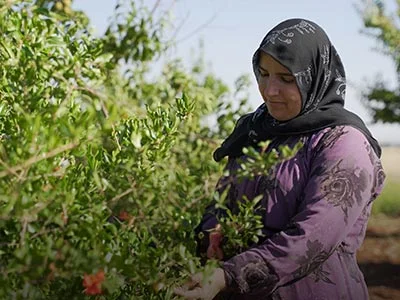At the Clinton Global Initiative (CGI) meeting in India this week, the organisation reaffirmed its commitment to supporting Better Cotton as it develops a carbon insetting framework to promote and incentivise sustainable agricultural practices.
Better Cotton first outlined its ambitions to establish an insetting mechanism at last year’s CGI meeting in New York.
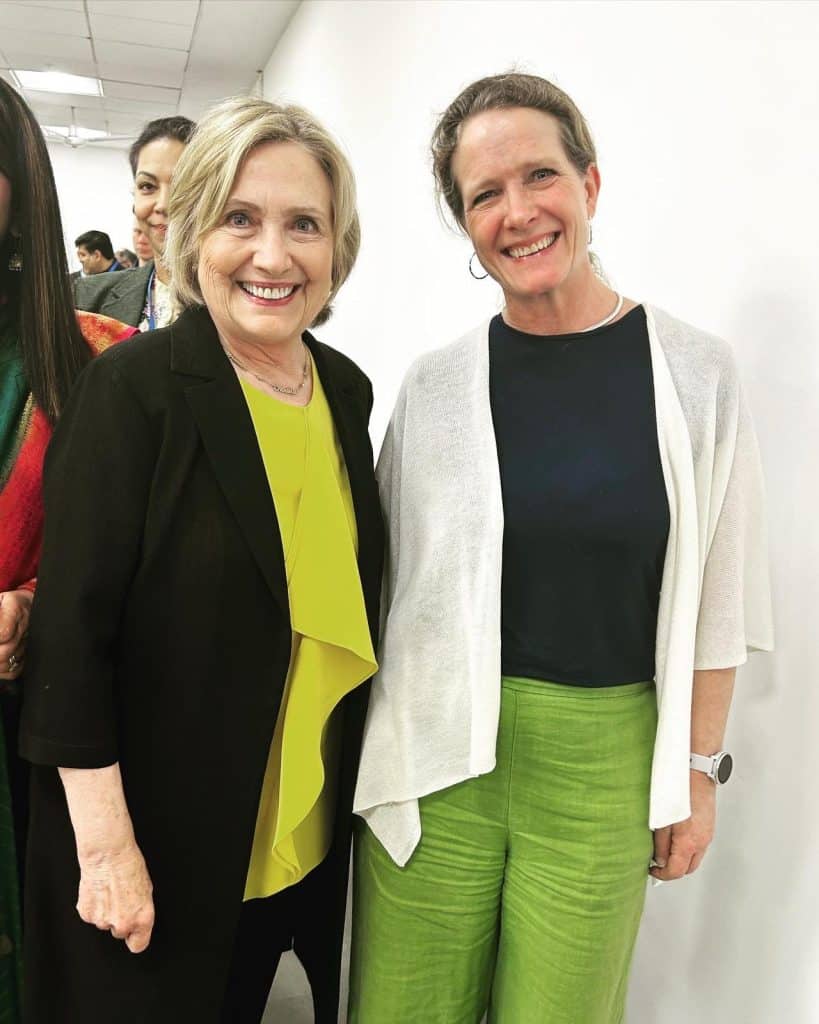
At its most recent outing, in Gandhinagar, Gujarat, Better Cotton’s Chief Operating Officer, Lena Staafgard discussed the wealth of opportunities across India whilst acknowledging that farmers must be rewarded for delivering on Better Cotton’s climate mitigation targets.
Already, Better Cotton’s network in India has greatly benefitted from adopting more sustainable practices. In the 2020-21 growing season, for example, Better Cotton farmers reported on average 9% higher yields, 18% higher profits, and 21% lower emissions than their conventional cotton growing counterparts.
Still, underpinned by its comprehensive supply chain traceability system that’s scheduled to launch at the end of this year, Better Cotton believes insetting mechanisms can accelerate environmental and social progress, supporting smallholder livelihoods across its network.
In theory, the insetting mechanism would incentivise farmers to produce more sustainable cotton by facilitating the trade of insetting credits and offering rewards based on each operation’s credentials and continued progress.
Until now, it has been impossible to build a carbon insetting mechanism to reduce greenhouse gas emissions in the cotton supply chain at scale due to a lack of traceability.
Farmer centricity is a key pillar of Better Cotton’s work, and this solution ties into the 2030 Strategy, which lays the foundation for a strong response to climate threats within the cotton value chain, and mobilises action for change with farmers, field partners and members.
Right now, Better Cotton is piloting its traceability system in the Gujarat and Maharashtra states.
With enhanced supply chain visibility, brands will learn more about where the cotton they source comes from and therefore be better positioned to reward sustainable practices via farmer repayments that incentivise further on-field improvements.
The CGI meeting in India – led by Secretary Hillary Clinton – was a huge success for Better Cotton as it conveyed its aspirations for further progress within the cotton sector.
It is obvious that by coming together with other commitment makers there is scope for more impact.

